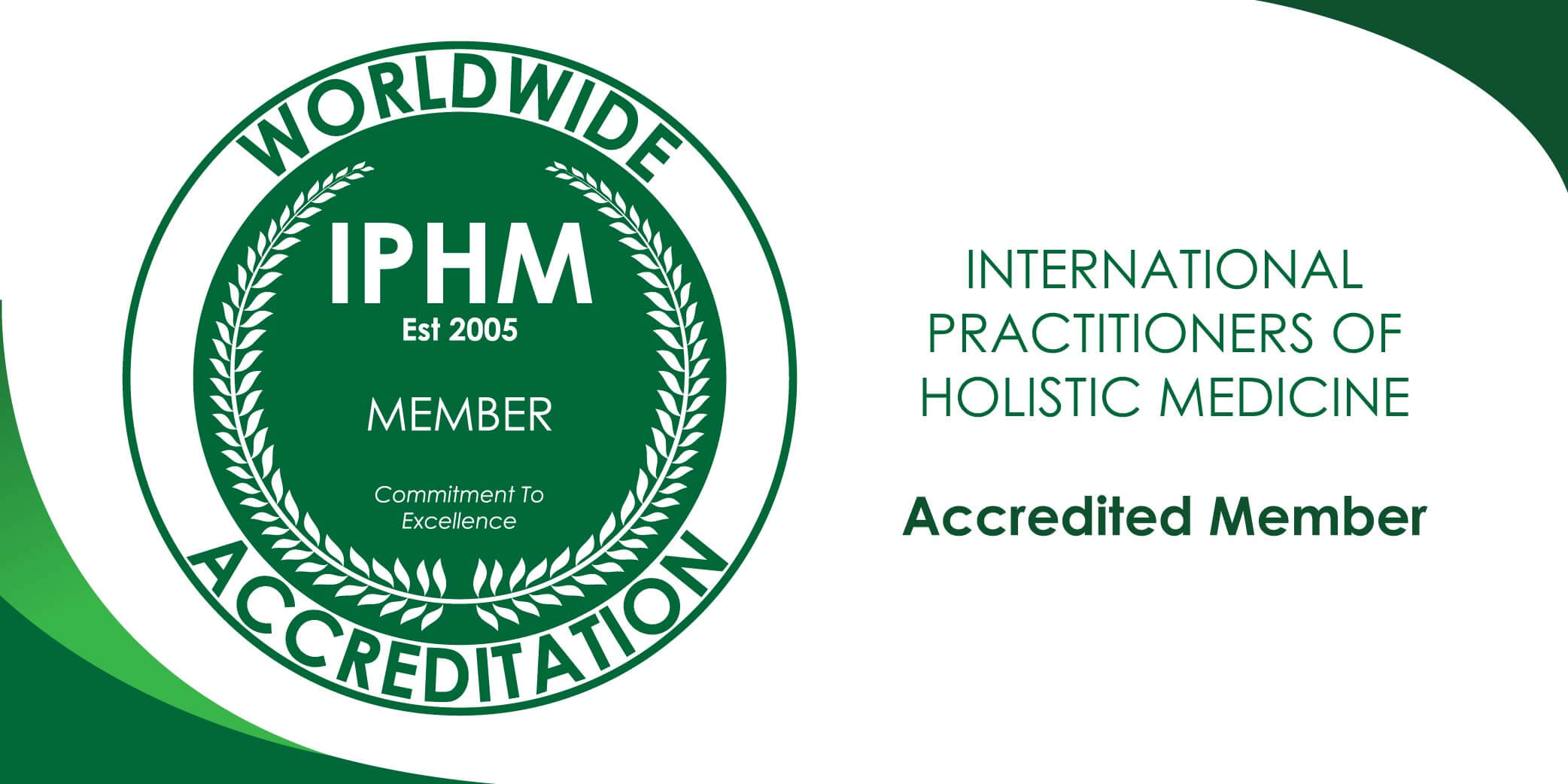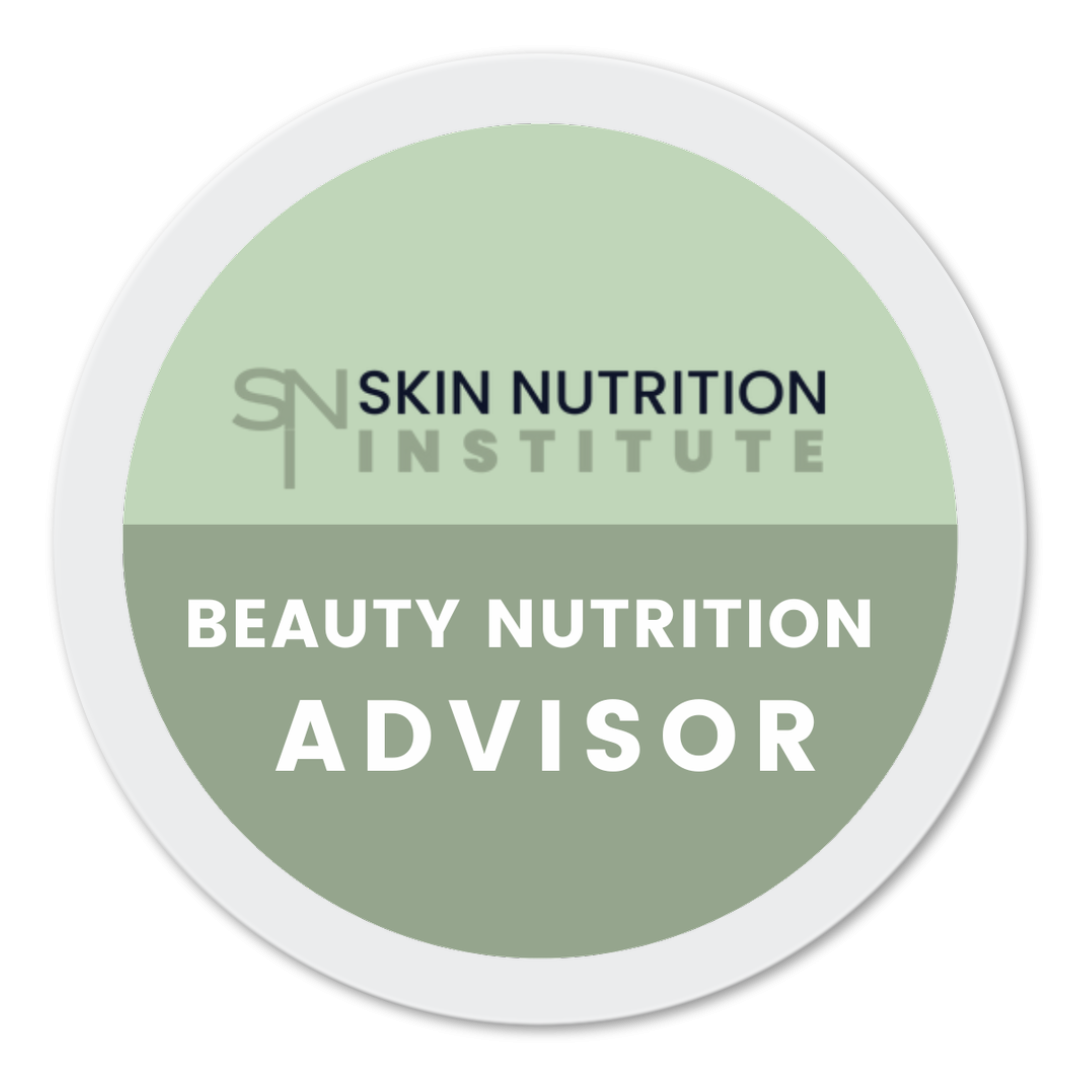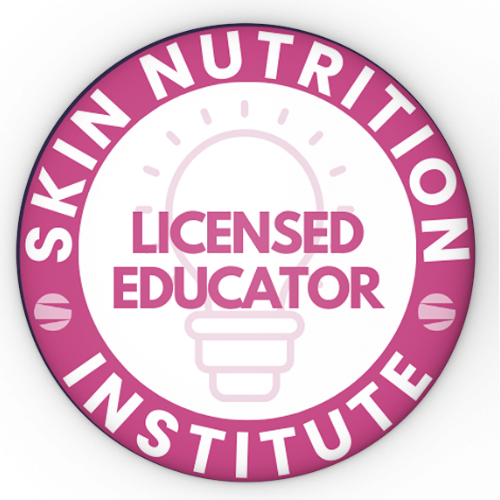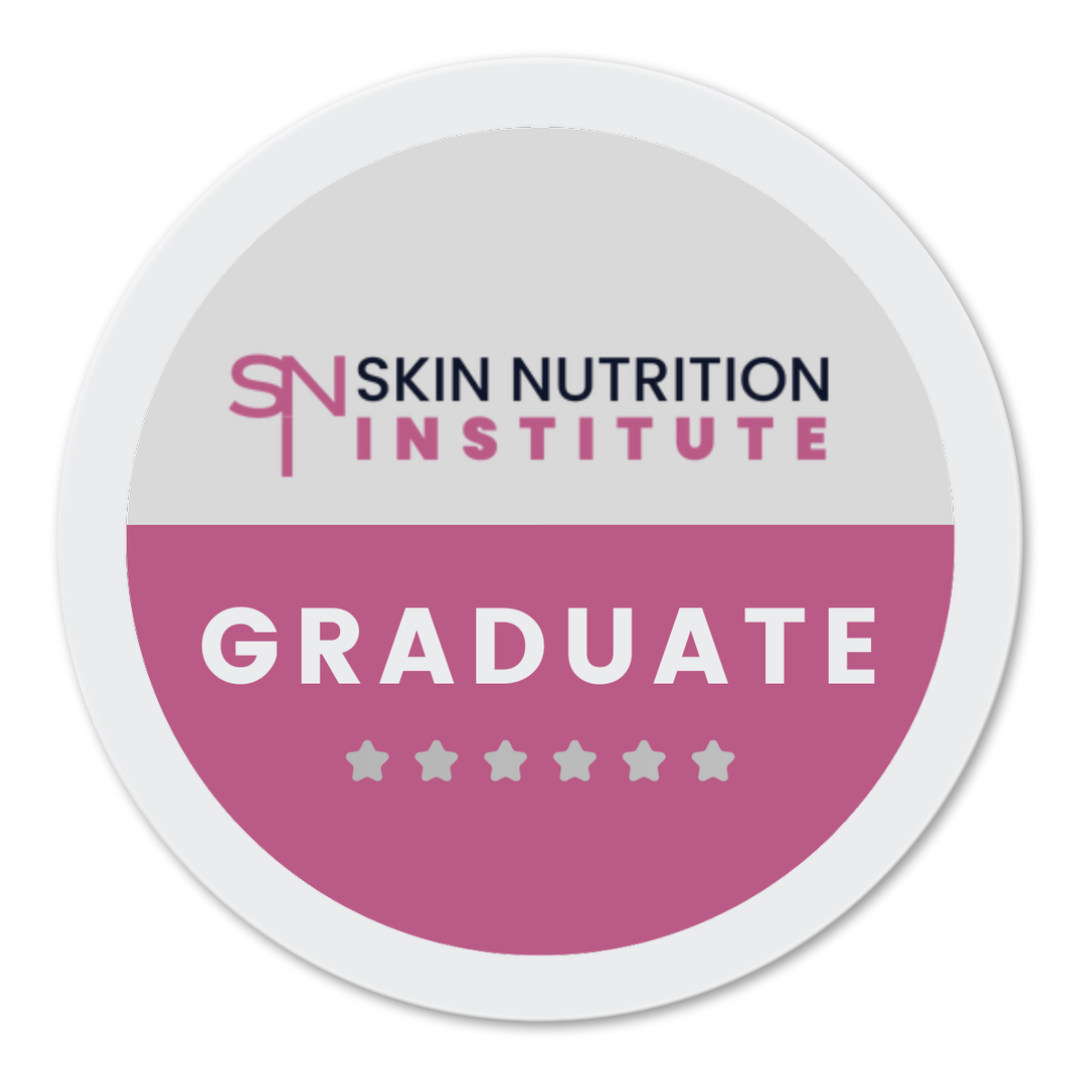We all want to have beautiful skin no matter what colour we are.
Sadly, our skin begins the ageing process from the moment we
are born. The first step in effective skincare is knowing your skin
type. This could be the difference between ‘how old your skin
looks’ and your ‘actual age’… if you know what I mean?
As we grow older, our skin ages due to many contributing
factors. It starts to change and become wrinkled… a terrifying
prospect for some of us!
The drier the skin the more wrinkled it will look. Those with oiler
skin types tend to have the advantage here, thus allowing some
to age relatively wrinkle free – for a while at least. This is where
black women have a certain degree of advantage: some of us
have naturally oiler skin. This comes with a warning too.
Having ‘good’ skin is not a licence to neglect your skin. Do not
dismiss facts, abuse your skin, and let ‘nature take its course’! An
oily T-zone (area across the forehead and down the nose and
chin) does not necessarily mean the skin is adequately hydrated
beneath the sheen of oil. The sebaceous glands are located on
the skin’s surface. This means that the skin’s natural oil is only
present on the outer layer. Good fluid, i.e. water intake, goes a
long way in ensuring the skin is moisturised from within.








